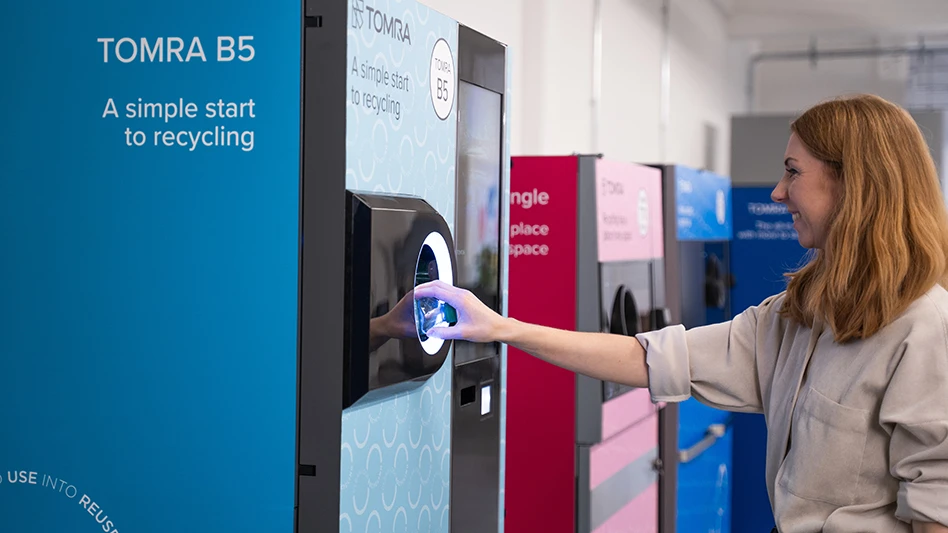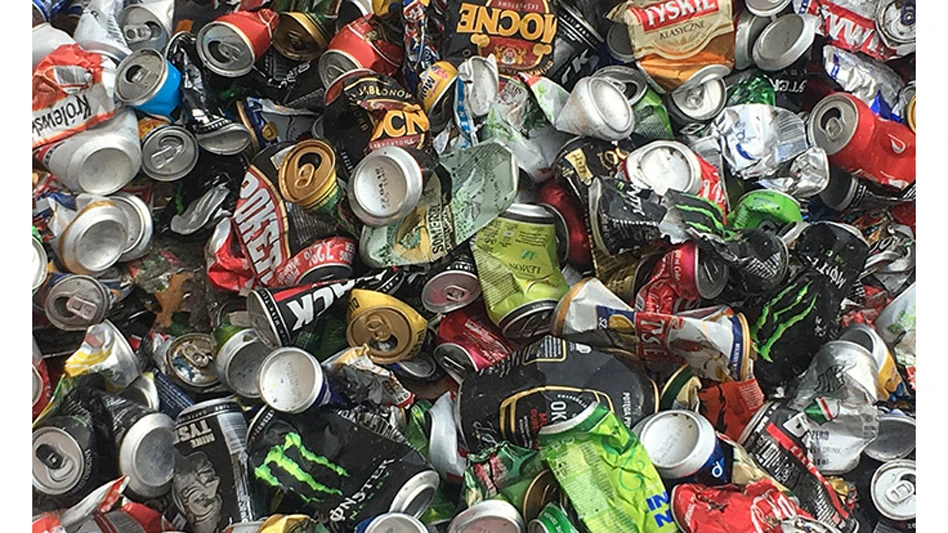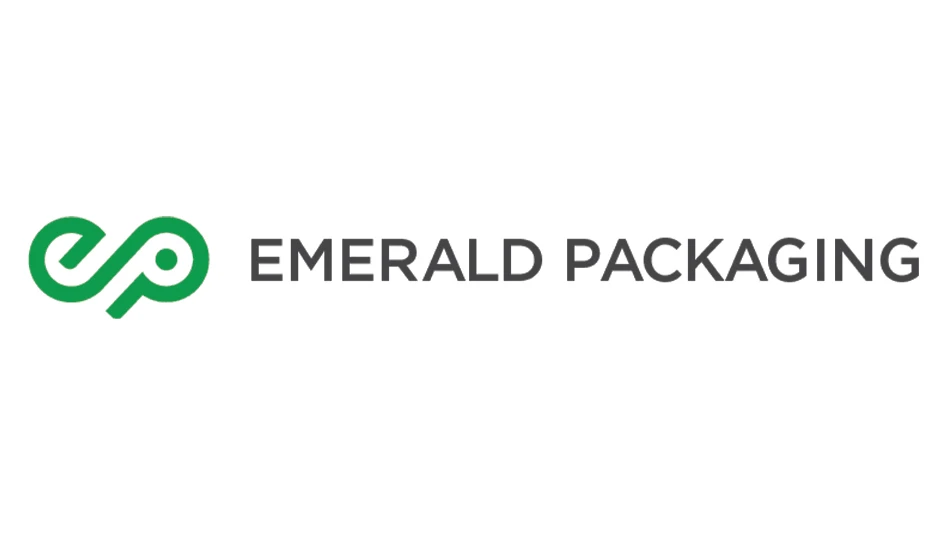
Recycling Today archives
When words such as “dismal," “weak” and “doldrums” pepper market reports prepared by the Brussels-based Bureau of International Recycling (BIR), it serves to indicate recyclers are hoping for better conditions to arise soon.
The reports of BIR Ferrous Division board members issued this month largely portray conditions of weak demand pricing in the ferrous market. Reports from Non-Ferrous Division members mention concerns about price volatility in the nonferrous sector.
Ferrous Division board member Harry Seale of United Kingdom-based Atlas Commodities Ltd. describes the market there as one where “domestic demand for recycled steel remains dismal, making exports a necessity.”
“Demand for containerized shipments to the Indian subcontinent and the Far East have still not returned to pre-Red Sea crisis levels, stifled by elevated shipping costs," he adds.
Seale points to near-term optimism for the Indian market but says of large-volume buyer Turkey, “It is evident that a significant proportion, perhaps surpassing two-thirds, of Turkey’s electric arc furnace capacity lies dormant or is operational only intermittently, likely in response to prevailing conditions.”
In the United States, Ferrous Division board member George Adams of California-based SA Recycling reports this year’s first quarter “saw recycled steel prices lose ground as mills chased the price of new steel lower.”
“The rally that was supposed to take prices higher never materialized as consumer demand continued to soften both in the U.S. and abroad," Adams adds of the first quarter.
Traditionally in the ferrous market, ongoing low prices lead to supply shortages, which Adams says could play out in the U.S. soon.
“The question appears now to be whether there will be enough recycled steel available to meet that slight increase in demand," he says. "If not, we will probably see another recycled steel price increase to generate the needed melt feedstock. To date, there appears to be little recycled steel in reserve as dealers are also going hand to mouth on a monthly basis.”
Nonferrous report contributors largely strike a different tone, especially concerning the high-priced red metals market.
“Data indicate that China’s copper scrap imports totaled 557,162 metric tons in the first quarter of 2024 for a year-on-year increase of 15.8 percent,” writes Shen Dong, who works from China for U.S.-based OmniSource Corp.
Anirudha Agrawal of India-based Manaksia Aluminium Co. Ltd. says his country is maintaining its position as the world’s fastest-growing major economy.
But not all is necessarily rosy there for scrap traders, Agrawal says.
“Problems in the Red Sea have had a huge impact on aluminum scrap import prices into India. Compared to alloy ingot and primary metal values, the aluminum scrap price still seems high and a correction is anticipated for the coming quarter," he adds.
Rick Dobkin of St. Louis-based Shapiro Metals writes, “There has been a substantial tightening of available recycled content metal” in the U.S. “As the terminal markets have risen, it is unusual to find that metal has been less available,” he adds.
In the aluminum sector, Dobkin says two larger aluminum mills are within a year of opening. Regarding any scrap shortage, he adds, “This supply gap is likely to be made up with sortation technology improvements allowing for mill usage of shred that is going into secondary end markets.”
The BIR issued its reports a couple weeks before its members gather for the 2024 BIR World Recycling & Convention in Copenhagen.
Latest from Recycling Today
- ReMA urges open intra-North American scrap trade
- Axium awarded by regional organization
- China to introduce steel export quotas
- Thyssenkrupp idles capacity in Europe
- Phoenix Technologies closes Ohio rPET facility
- EPA selects 2 governments in Pennsylvania to receive recycling, waste grants
- NWRA Florida Chapter announces 2025 Legislative Champion Awards
- Goldman Sachs Research: Copper prices to decline in 2026





